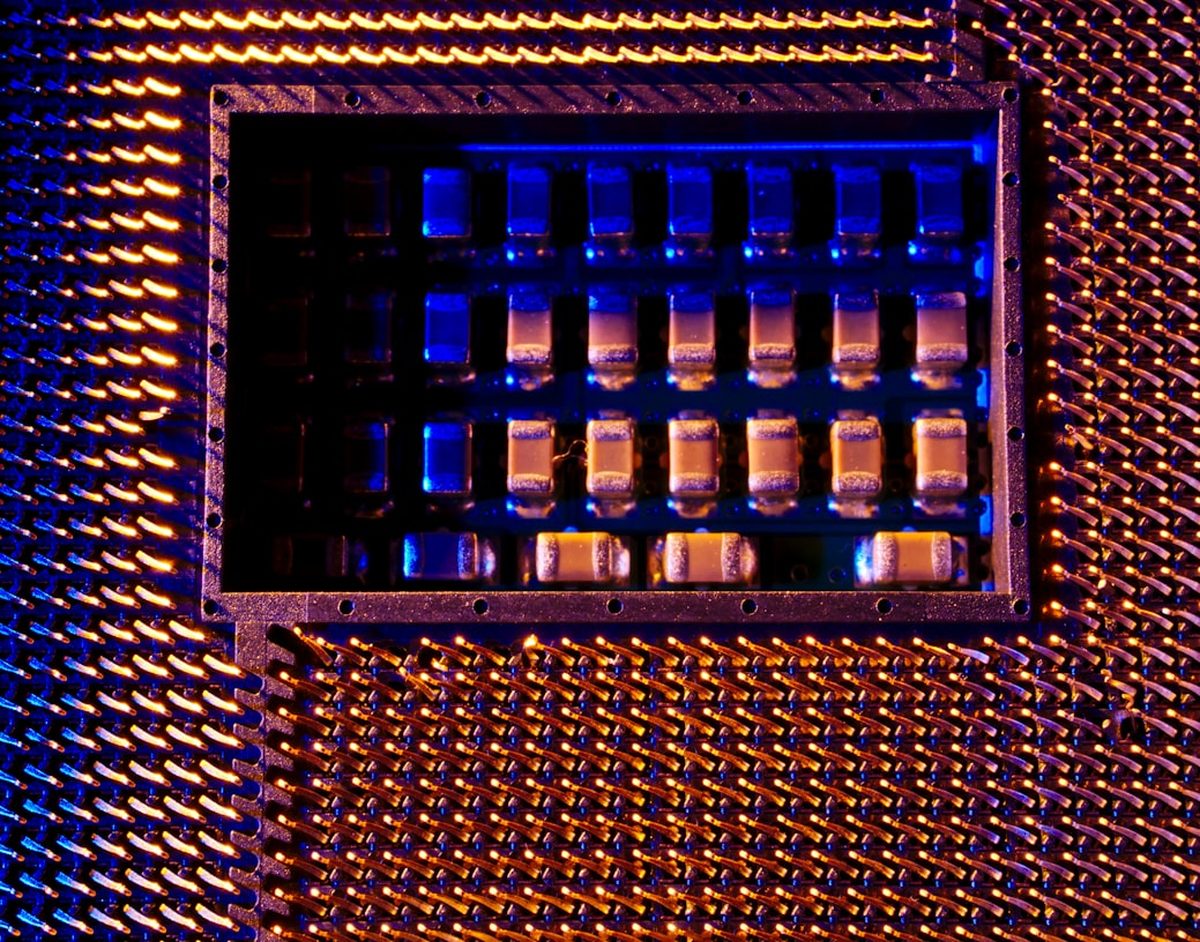That new Huawei chip is two generations behind

Huawei MateBook Fold PC, initially rumored to incorporate a 5nm Kirin X90 processor, instead utilizes a 7nm chip process technology based on a recent teardown analysis, according to Huawei Central.
Initial speculation suggested Huawei’s first foldable PC would feature a 5nm Kirin X90 processor. This information generated significant interest due to the company’s reported achievement of such a chip breakthrough amidst ongoing US restrictions and supply chain challenges. The expectation was that Huawei had successfully navigated these obstacles to produce a processor utilizing advanced 5nm fabrication.
However, a comprehensive teardown of the Huawei MateBook Fold PC conducted by TechInsights (via Huawei Central) revealed that the integrated chip is not manufactured using a 5nm process. The analysis confirmed the chip’s construction relies on SMIC’s 7nm process node, specifically designated as N+2. This finding contradicts the earlier rumors regarding a 5nm chip integration within the device.
The 7nm process technology identified in the MateBook Fold PC is consistent with the technology used for the Kirin 9020 5G chipset, which powers the Huawei Mate 70 series. This indicates a continuity in the fabrication process for Huawei’s chipsets across different product lines. The reliance on the 7nm N+2 process suggests that Huawei’s semiconductor capabilities are two generations behind those of US-based semiconductor companies. This assessment stands in contrast to a previous statement made by Huawei Founder Ren Zhengfei.
Ren Zhengfei had previously stated that Huawei’s chip technology was approximately one generation behind that of the United States. He also indicated the company’s continuous efforts to identify and implement alternative strategies to bridge this technological gap and align with advanced foreign technologies. Ren further elaborated that Huawei intended to advance cluster computing initiatives, which would subsequently create practical conditions for its chipset business. The findings from the TechInsights teardown, however, present a different perspective on the current generational gap.
TechInsights further elaborated on Huawei’s position in semiconductor technology. The firm stated that if Huawei remains dependent on a 7nm equivalent System-on-Chip (SoC), it is multiple generations behind leading companies such as Apple, AMD, and Qualcomm. Apple’s current offerings include the M3 and M4 series, AMD’s are represented by the Ryzen 8040 series, and Qualcomm’s by the Snapdragon X Elite series. They also noted that major foundries like TSMC and Samsung anticipate producing chips using 2nm processes within the next 12 to 24 months.
Despite the current findings, there have been unconfirmed reports suggesting Huawei may develop a 5nm chipset in the near future. The exact timeframe for such an advancement in the company’s chip technology remains undetermined.
